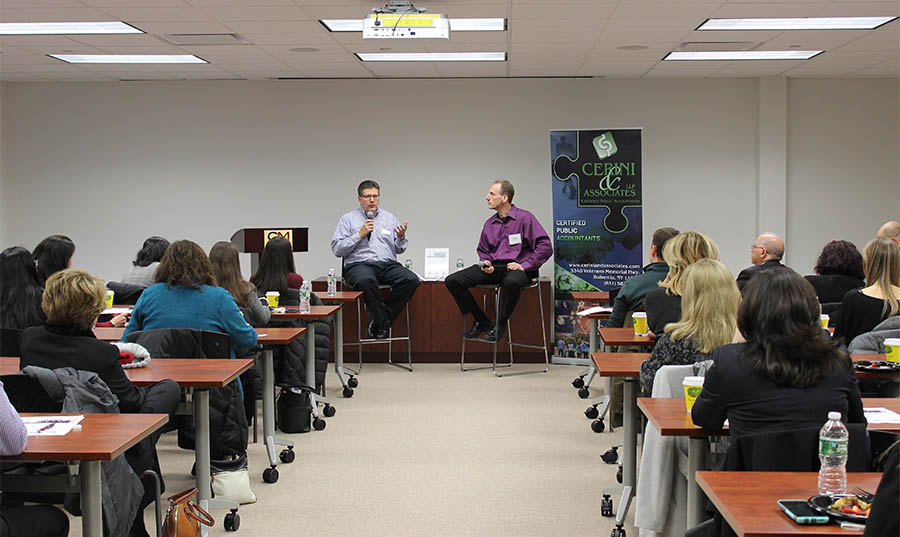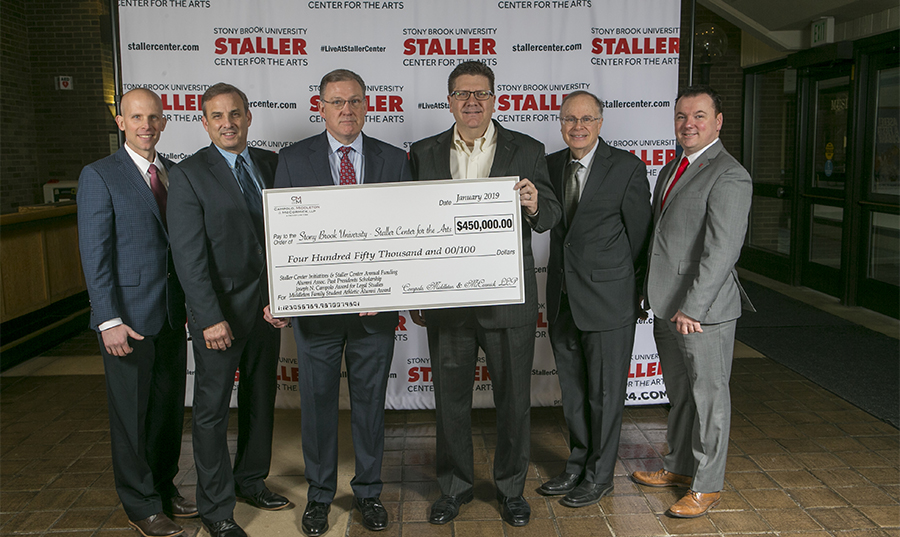Ronkonkoma, NY – Campolo, Middleton & McCormick, LLP, a premier law firm with offices in Ronkonkoma, Bridgehampton, and Westbury, is delighted to announce that CMM attorneys Arthur Yermash (pictured left) and Jeffrey Basso have been elevated to Partners at the firm, effective January 1, 2019.
Arthur Yermash counsels clients in all areas of labor and employment law. He advises on compliance with federal, state, and local laws affecting the workplace and routinely negotiates a variety of employment-related documents and agreements. His practice also includes the defense of corporations and employers in discrimination claims, wage and hour disputes, and investigations by regulatory and government agencies. In addition to his extensive employment practice, Yermash has drafted and negotiated hundreds of contracts for various business-related matters and also has significant experience negotiating on behalf of clients in commercial real estate matters.
Yermash joined CMM in 2007 as a law school intern and worked his way up to Associate and Senior Associate before being named Partner. Born in Ukraine, Yermash immigrated to the United States with his family at age seven. He graduated from Brooklyn Technical High School, Baruch College (CUNY – Macaulay Honors College), and Touro College – Jacob D. Fuchsberg Law Center. He lives in Brooklyn with his wife and two young daughters. As of February 2019, Yermash will be based in the firm’s new Westbury office.
Jeff Basso is a member of CMM’s litigation team, representing business owners, corporations, officers, shareholders, and investors in a variety of matters in state and federal court involving business and contractual disputes. An aggressive litigator, Basso’s successful track record spans numerous industries. He has vast experience prosecuting and defending actions involving employment contracts, non-compete agreements, trade secrets, fiduciary duty, breach of contract, hour and wage disputes, real estate transactions, and construction matters. He is also experienced in representing clients in business divorce matters, including the negotiation of creative strategies to divide assets.
A lifelong Long Islander, Basso is a graduate of the University of Delaware and St. John’s University School of Law. He also holds a professional certificate from the National Institute for Trial Advocacy (NITA) for trial skills. Basso, who joined CMM in 2012, resides in Commack with his wife and two young daughters.
“On behalf of the senior partners, we’re thrilled to welcome Arthur and Jeff to the partnership,” said Managing Partner Joe Campolo. “Not only is their promotion a milestone professional achievement for them, but also for the firm. We celebrated our 10-year anniversary in 2018, which also marked the first time we welcomed new partners from within the firm’s ranks. Their achievement is a testament to our growth and success.”









